8 Matching Gift Trends to Boost Revenue for Nonprofits & Higher Education Institutions
If you’re a nonprofit or higher education institution, you’ve likely had to get a lot more creative in your fundraising efforts as of late. With everyone looking for new solutions to similar issues, it’s also key to keep abreast of industry trends and see how others are successfully adapting to changing times.
But you don’t need to reinvent the wheel. In fact, you may already have what you need waiting in your donor database.
Here are 8 matching gift trends that can help boost revenue for your organization:
1. Donors Are Increasingly Unaware of Matching Gift Programs
If you ask the average donor if their employer offers a matching gift program, the odds are that they won’t know. It is usually not covered in a benefits program and unless HR is promoting this as an option, people won’t know and likely won’t take the initiative to find out. Which is why organizations are educating donors on what a matching gift is and how to find out if they are eligible. Even better, some organizations are doing the heavy lifting for donors and checking employers in a database.
2. Large Companies Are Expanding Their Matching Gift Programs
The changing times have proven to work in favor of non-profits and higher education institutions. Large companies are expanding their matching gift programs to include larger donations and opportunities for giving. Companies such as Google and Facebook have garnered multiple headlines for their matching gift donation opportunities.
3. Smaller Companies Are Starting Matching Gift Programs
Every single day, more and more small companies are starting matching gift programs. The pandemic hasn’t caused companies to miss a beat. It’s built into the values of the staff and companies themselves. People want to work for employers who value community and altruism, and this has made CSR much more than just a corporate buzz term.
4. Matching Gift Automation Is Becoming the Norm
Organizations are realizing that manually tracking matching gifts is time-consuming and prone to errors. As a result, many are turning to automated solutions that integrate with their existing systems to streamline the process, ensuring no matching gift opportunities are missed.
5. Increased Focus on Donor Education
Nonprofits and educational institutions are investing more in educating their donors about matching gifts. This includes providing information on their websites, in newsletters, and during fundraising events, ensuring donors are aware of the potential to double their impact.
6. Integration with Online Donation Platforms
To make the process seamless, organizations are integrating matching gift tools directly into their online donation platforms. This allows donors to check their eligibility and initiate the matching gift process at the point of donation.
7. Personalized Follow-Up Strategies
Recognizing that donors may need reminders, organizations are implementing personalized follow-up strategies. Automated emails and communications are sent to eligible donors, guiding them through the matching gift submission process.
8. Leveraging Data Analytics
By analyzing donor data, organizations can identify patterns and opportunities for matching gifts. This data-driven approach helps in targeting communications and maximizing the potential of matching gift programs.
By staying informed about these trends and implementing strategies that align with them, nonprofits and higher education institutions can significantly boost their revenue through matching gifts.
